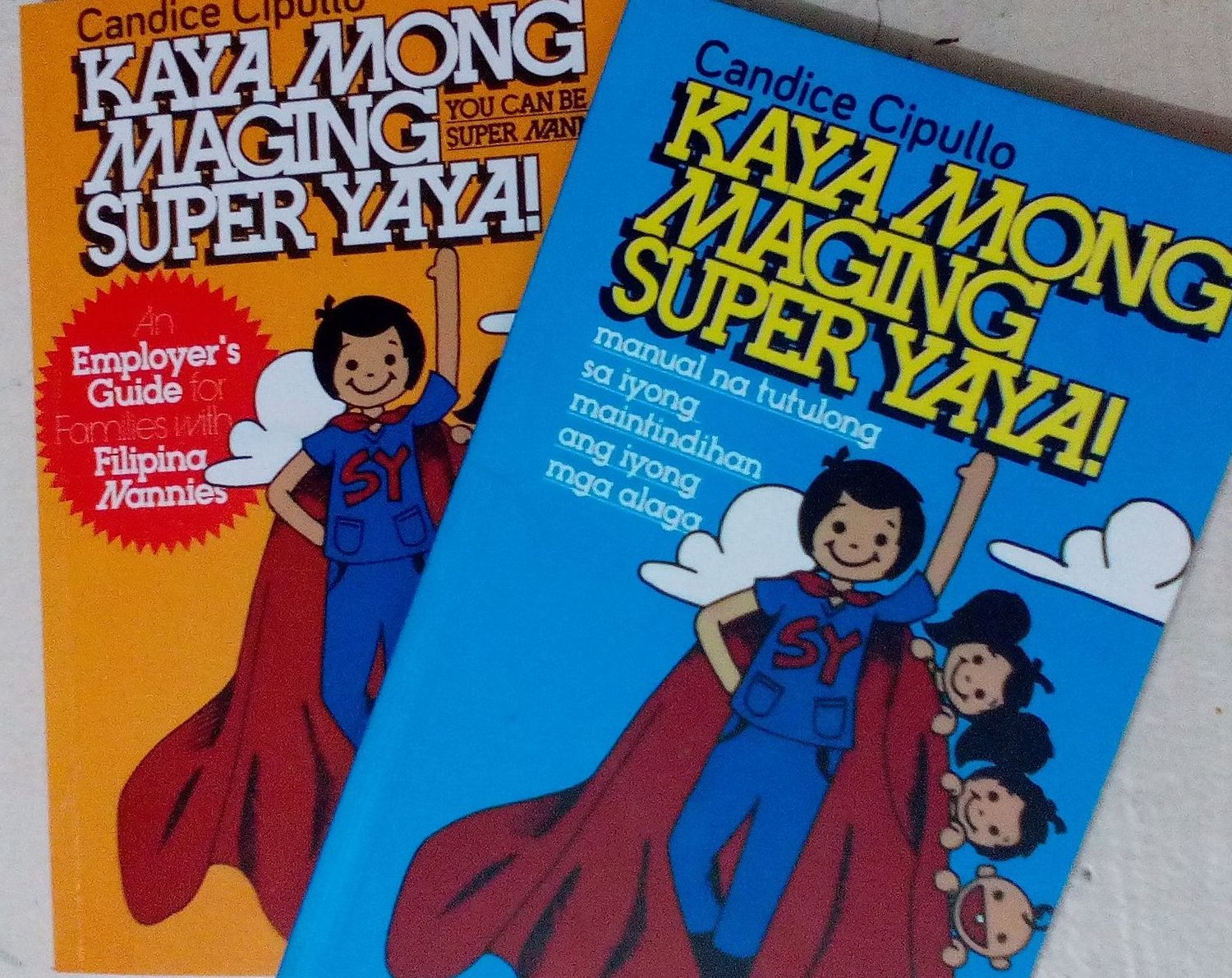
I wish there had been a book like this when my kids were younger. Reading Candice Cipullo’s “Kaya Mong Maging Super Yaya!” feels like talking to a fellow mom who knows exactly what I am going through. She talks about the qualities of a good yaya, the various development needs of children, the importance of discipline, and the elements of good nutrition in a manner that’s understandable and digestible. A mom of two with 15 years of teaching experience in the Philippines, United States, Canada, and Japan, Cipullo came back to the Philippines last year, wanting to give something back to her fellow Filipinos. She proceeded to develop Yaya Enrichment Classes, targetting preschools where yayas usually have to wait for their wards. Her classes were hugely appreciated by families and yayas alike.
She says, “In the past year alone, I taught over 200 yayas, and saw how yayas’ attitudes changed. They now feel appreciated and valued when their employers send them to training. They realized that their employers want them to become better at their jobs, and they treasure the opportunity for their own self-development.”
Because she and her family had to leave the country again on account of her husband being posted in Madagascar, she decided to self-publish a book based on material from her Yaya Enrichment Classes, distilled from her years as an educator and her actual experiences as a mom.
She explains, “I believe that Yayas play a crucial part in child-rearing and since most families depend on them to take care of the little ones, they need to be knowledgeable on basic child development concepts to understand the scope of their work better. I wrote this book so that we may all advocate for sound caregiving methods that our kids deserve.”
“Kaya Mong Maging Super Yaya!” has two volumes; the first one is a guide for employers, written in English. It gives employers a better understanding of the significant role that yaya plays in their household and guides them on how to make yaya better at her work.
The second volume is a guide for yayas, written in Filipino. It empowers yaya with relevant and proper information, enabling her to deal with different sorts of situations. More importantly, such information helps build yaya’s confidence and self-esteem as she doesn’t have to be dumbfounded when faced with potentially tricky events.
The two volumes are divided into four chapters: the qualities of an excellent yaya, development needs of children, discipline, and good nutrition.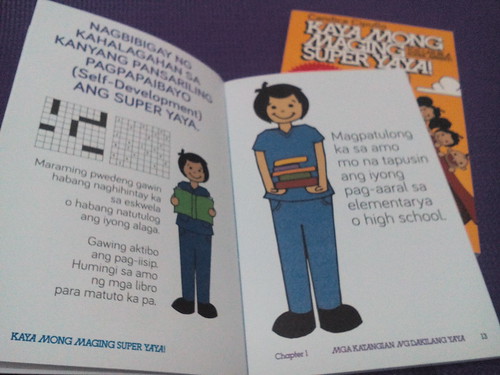
The first chapter lists down the five qualities of a great yaya, with concise and precise pointers for each. Apart from encouraging yaya to be honorable, dignified, and respectful, the book also coaxes her to pursue her personal and professional development. Cipullo advises, “Always engage in activities that will activate your mind. Learn to speak English better, do activities in Math and Science… Let your employer know of your desire to finish elementary or high school.”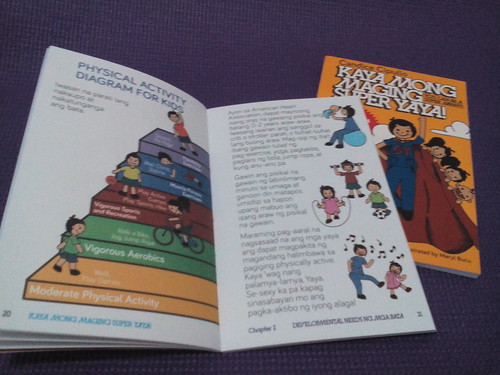
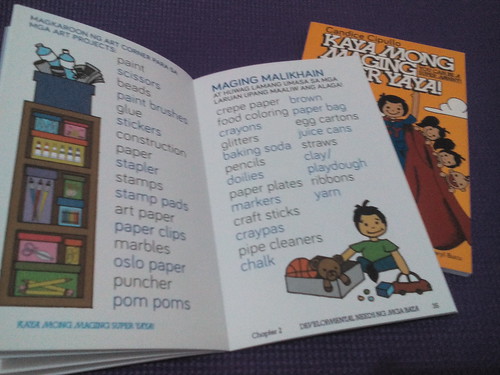
The second chapter gives yaya an introduction to the various development needs of a child, from physical and cognitive to emotional. More importantly, it gives yaya pointers and activities which she can do with her ward. There’s a physical activity chart for kids, simple science experiments, a listing of items for an art corner, as well as charts for alphabets, numbers, colors, and shapes in the volume for yaya.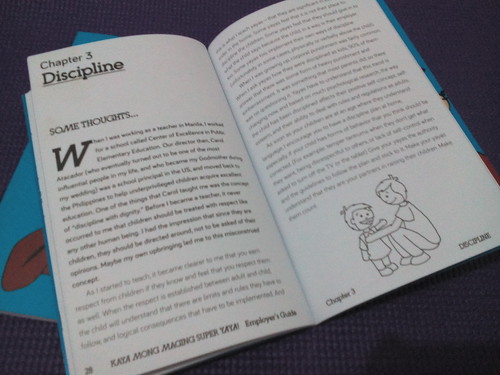
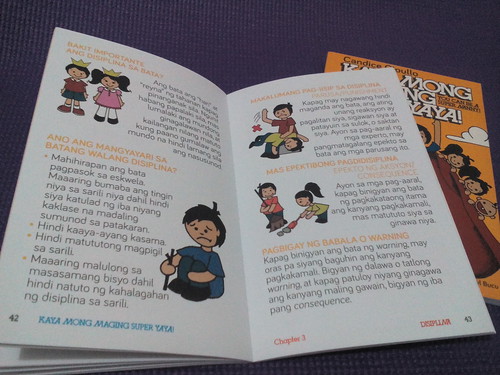
The third chapter delves on a challenging aspect of child-rearing: discipline. And here, Cipullo approaches the subject with much sensitivity, acknowledging the truth that some of us may have grown up with corporal punishment while opening our eyes to the fact that such a form of discipline has long-term effects on positive self-concept and self-esteem. The chapter clearly states why discipline is important among children and how one actually goes about enforcing it. Cipullo even shares a Discipline Plan, wherein yaya gets to be part of.
The last chapter outlines the importance of good nutrition, giving a rundown of what kids should be eating at specific ages, a listing of the go, grow, and glow foods, and tips for food preparation.
Whenever the topic calls for it, there are graphs, charts, and illustrations. Plus, the size of the font is bigger than most books, making this guide very reader-friendly. Busy moms would appreciate how succinct the tips are, and how approachable the manner by which they were written. Yayas would love how the guidelines are given in a friendly voice, and how the book in totality encourages them to become better versions of themselves.–Jing Lejano
For more information on the book or to order copies, email superyayamanual@gmail.com.

Leave a Reply